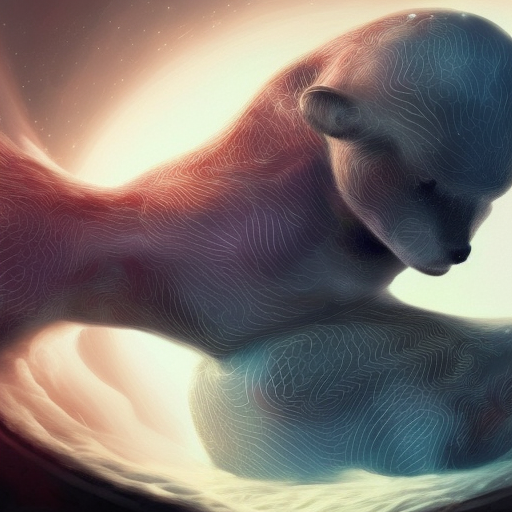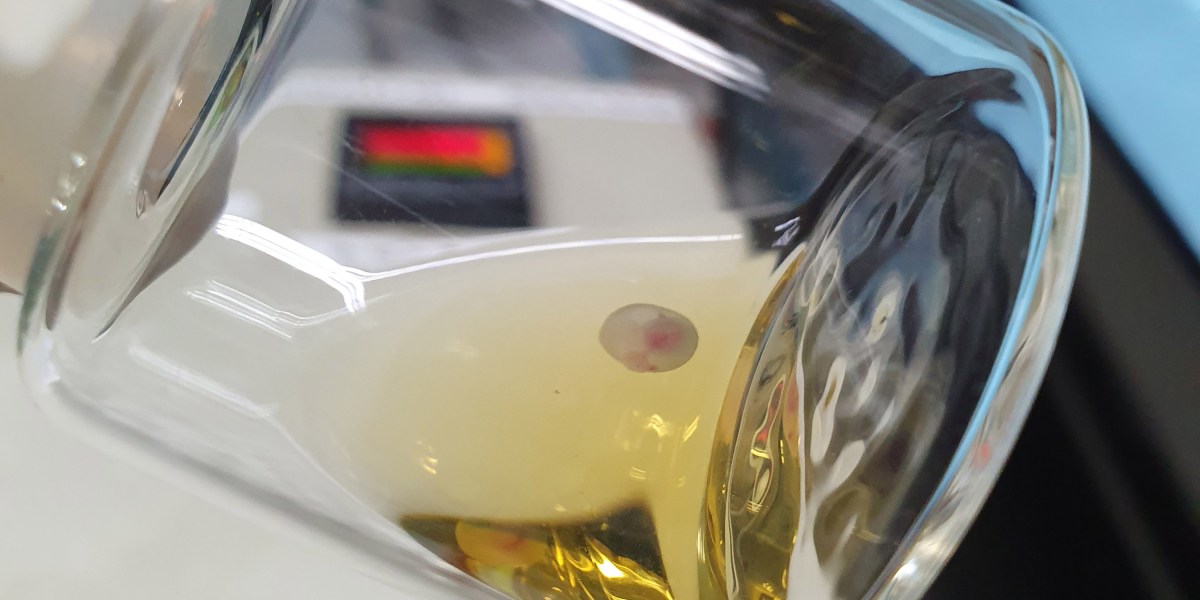
Resolves YES if a mammal is gestated completely within an artificial womb and then is born and survives at least 12 hours after being removed from the artificial womb. The womb must be completely artificial, although it can use fluids/chemicals derived from animals (such as blood, et cetera).
People are also trading
it is possible to create a device and maintain a fetus until maturation, with lambs for example, so they are on the right track
https://www.sciencedirect.com/science/article/pii/S2352345X2030076X
I wanted to just use the linear extrapolation over time, but a brief literature search did not turn up a convenient timeline. I can at least collect a few datapoints here:
Humans gestation typically is 40 weeks. The last 18 weeks can already be outside the womb in intensive care (basically a very expensive form of artificial uterus). The first week can be outside the womb as in IVF (Blastocyst Transfer procedure). That gives us 50% outside the womb.
2017: An extra-uterine system to physiologically support the extreme premature lamb
Advances in neonatal intensive care have improved survival and pushed the limits of viability to 22 to 23 weeks of gestation.
We show that fetal lambs that are developmentally equivalent to the extreme premature human infant can be physiologically supported in this extra-uterine device for up to 4 weeks
https://www.technologyreview.com/2021/03/17/1020969/mouse-embryo-grown-in-a-jar-humans-next/
ex utero culture of post-implantation mouse embryos, which enable the appropriate development of embryos from before gastrulation (embryonic day (E) 5.5) until the hindlimb formation stage (E11).
a mouse embryo, complete with beating heart cells, a head, and the beginning of limbs, alive and growing in a glass jar. According to a scientific group in Israel, which took the picture, the researchers have grown mice in an artificial womb for as long as 11 or 12 days, about half the animal’s natural gestation period...
The mouse embryos only died after they became too large for the oxygen to diffuse through them, since they lack the natural blood supply a placenta could provide.
I'm not sure why they started at day 5.5 instead of day 0. Probably they wanted to make a shortcut? Perhaps before them, people already could grow mouse embryos from day 0 to day 5, and they wanted to show that they can push the record to day 11.
It would make some sense I guess. Human embryos can be grown for 7 days routinely in IVF.
I'm not sure why they started at day 5.5 instead of day 0. Probably they wanted to make a shortcut? Perhaps before them, people already could grow mouse embryos from day 0 to day 5, and they wanted to show that they can push the record to day 11.
It would make some sense I guess. Human embryos can be grown for 7 days routinely in IVF.
I’m not sure that follows. 5 days is a much higher percentage of mouse gestation than 7 is for humans. I’m doubtful that scientists know how to grow a mouse that long without a placenta / overall womb environment. Tho I would be eager to learn contrary evidence.
Inspired by this article, reporting on mice that were grown in an artificial womb for half their gestation period.
@BoltonBailey I noticed that the top of the article claimed half but farther down is the fine print:
He was not able to grow the mice starting from a fertilized egg all the way to day 12. Instead, he collected 5-day-old embryos from pregnant mice and moved them into the incubator system, where they lived another week.
to clarify, if they are able to bring a 5-day-old embryo from any mammal to birth + 12 hours would this resolve to YES? Or only if they start with a single cell?
